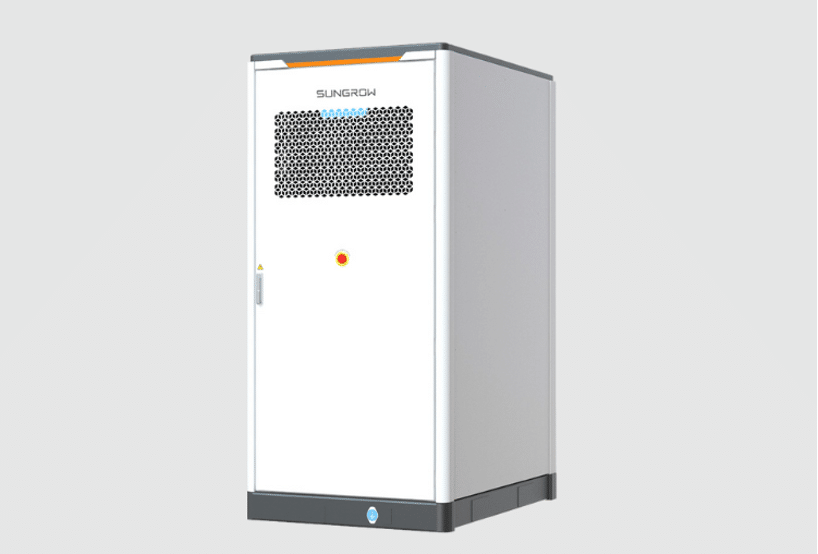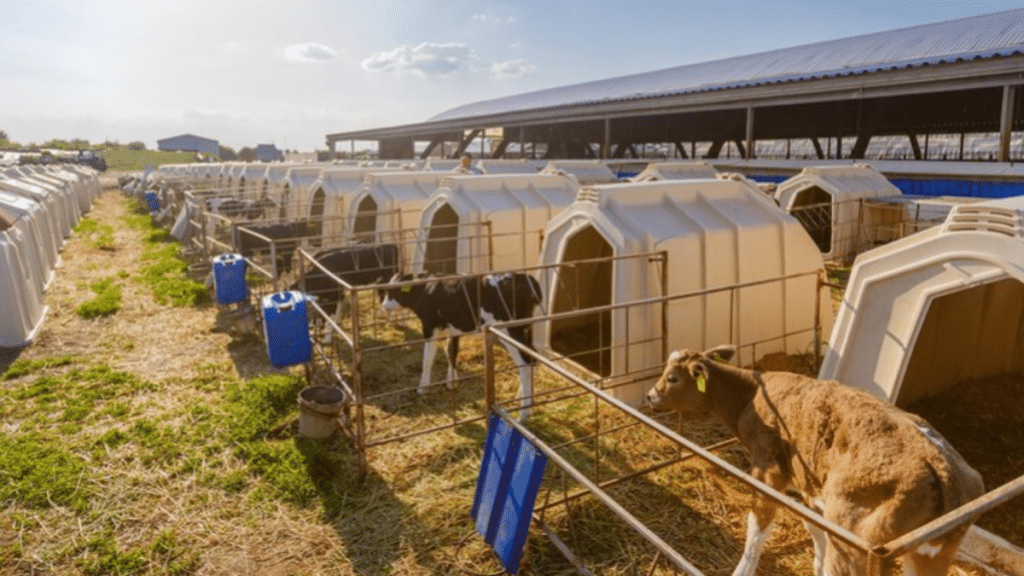With nearly half of the country’s agricultural production value attributed to livestock, animal husbandry plays a pivotal role in Australia’s economy, contributing significantly to the agricultural sector. It is a vital source of income for rural communities and a supplier of meat, wool, and dairy both domestically and internationally. However, it faces rising challenges from climate change and escalating energy costs.
In this context, the efficient energy storage system as an innovative solution is increasing at a rapid pace, revolutionizing the livestock economy in a cost-effective and environmentally friendly manner. But what is the liquid cooling efficient energy storage system? Let’s learn about it together.
What is a liquid cooling energy storage system?
The liquid-cooled efficient energy storage system manages heat by circulating a coolant through the battery components, effectively preventing battery overheating. This is essential for extending battery life while maintaining optimal performance in Australia’s harsh climate. Even during periods of high demand, this advanced energy storage also can keep stable operation, making it an ideal solution for the energy-intensive livestock industry.
For this reason, Australia has been heavily investing in renewable energy and advanced energy storage systems, offering subsidies, tax breaks, and grants to incentivize both individuals and businesses.
Energy Demand of the Australian Livestock Industry
The Australian livestock sector is a massive consumer of energy due to the following contributing factors:
1. Daily Operations
Livestock farms need consistent heating and cooling systems to ensure animal welfare, especially in extreme climates.
2. Feed Production, Processing, and Storage
Producing, storing, and processing feed regularly demands substantial electricity usage with equipment such as grain mills, feed mixers, pellet machines, and cooling systems.
3. Mechanized Operations
The operation of automated feeders, milking machines, and other equipment requires stable power support. At the same time, transportation tools such as feed trucks and livestock product transportation vehicles also rely on diesel or electricity, further increasing energy consumption.
4. Data Processing and Information Technology
Modern farms rely on data processing tools and information systems for monitoring animal health, feed efficiency, and other important parameters. These IT systems are highly efficient but require continuous power to function.
Limitations of Traditional Energy Supply Models
The traditional energy supply models in the Australian livestock industry face several limitations, such as:
5. Cost
The high cost of electricity is always a big concern for the livestock market. The electricity cost is particularly high in rural and remote areas where most livestock farms are located, which puts these facilities under constant financial strain.
6. Stability
Traditional power supply systems are often unreliable in rural areas, where unexpected power outages can occur. This instability disrupts operations and affects the whole supply chain, which increases the demand for off-the-grid energy solutions.
7. Environmental Impact
Reliance on fossil fuels for energy generation increases the industry’s carbon footprint and contributes to climate change.
Sungrow’s Efficient Energy Storage System
To address the energy challenges in Australia’s livestock industry, Sungrow Liquid Cooled Energy Storage System (ST225kWh-110kW-2h-AU) delivers cutting-edge solutions. Let’s explore the benefits of this advanced energy storage from four key perspectives:

1. Low Cost
The ST225kWh-110kW-2h-AU efficient energy storage system adapts to a fully integrated design. By offering pre-installation and pre-commissioning, the system reduces the amount of work required on-site, which in turn cuts labour costs. Additionally, the AI bionic thermal balance technology reduces heat loss by 33%, which takes its efficiency to new heights and lowers operational costs.
2. Safety
Sungrow goes the extra mile to manufacture safe and secure efficient energy storage solutions. The ST225kWh-110kW-2h-AU can achieve seamless switching in less than 20 milliseconds, promising a continuous power supply during transitions. Battery health monitoring and early warning can control thermal runaway, preventing potential hazards. Additionally, it comes with three levels of overcurrent protection (PACK, RACK, and PCS) and a three-tier fire safety design, which eliminates the risk of fire.
3. Flexibility
This ST225kWh-110kW-2h-AU supports a range of configurations, making it a perfect choice for the varied energy demands of the livestock industry. With a maximum efficiency of 98.6% and seamless side-by-side parallel connections, the efficient energy storage system allows for flexible operation. It can be configured for 2 to 4 hours of energy storage, depending on the specific requirements of the farm.
4. Intelligence
The intelligence built into this efficient energy storage system further simplifies its operation and maintenance. Farm operators can implement remote management from anywhere via the iSolarCloud App or Web cloud monitoring, reducing the requirement for manual intervention and lowering labour costs.
Wrapping-Up
Founded in 1997, Sungrow delivers innovative, reliable, and cost-effective clean energy solutions for various sectors with over 405GW of efficient energy storage systems installed worldwide. For farmers seeking a green transformation in their livestock industry, Sungrow stands as the optimal partner.

